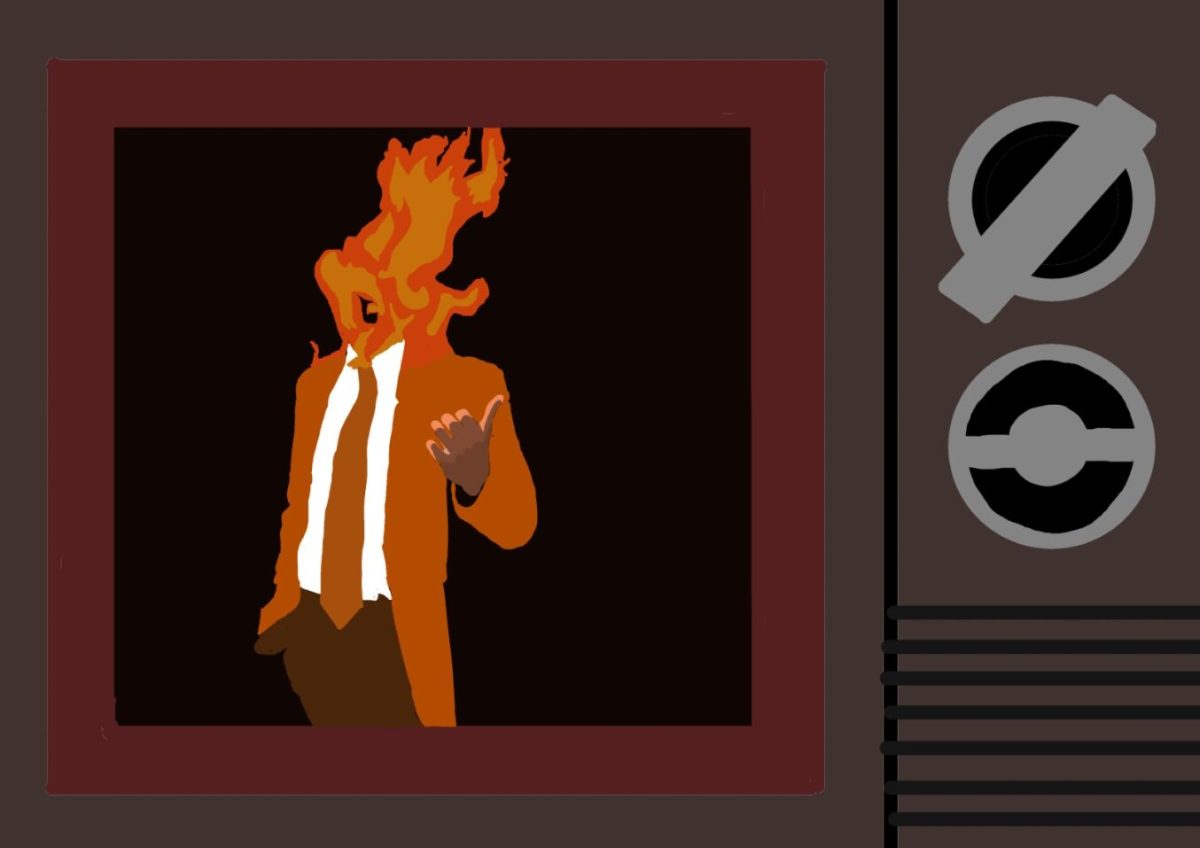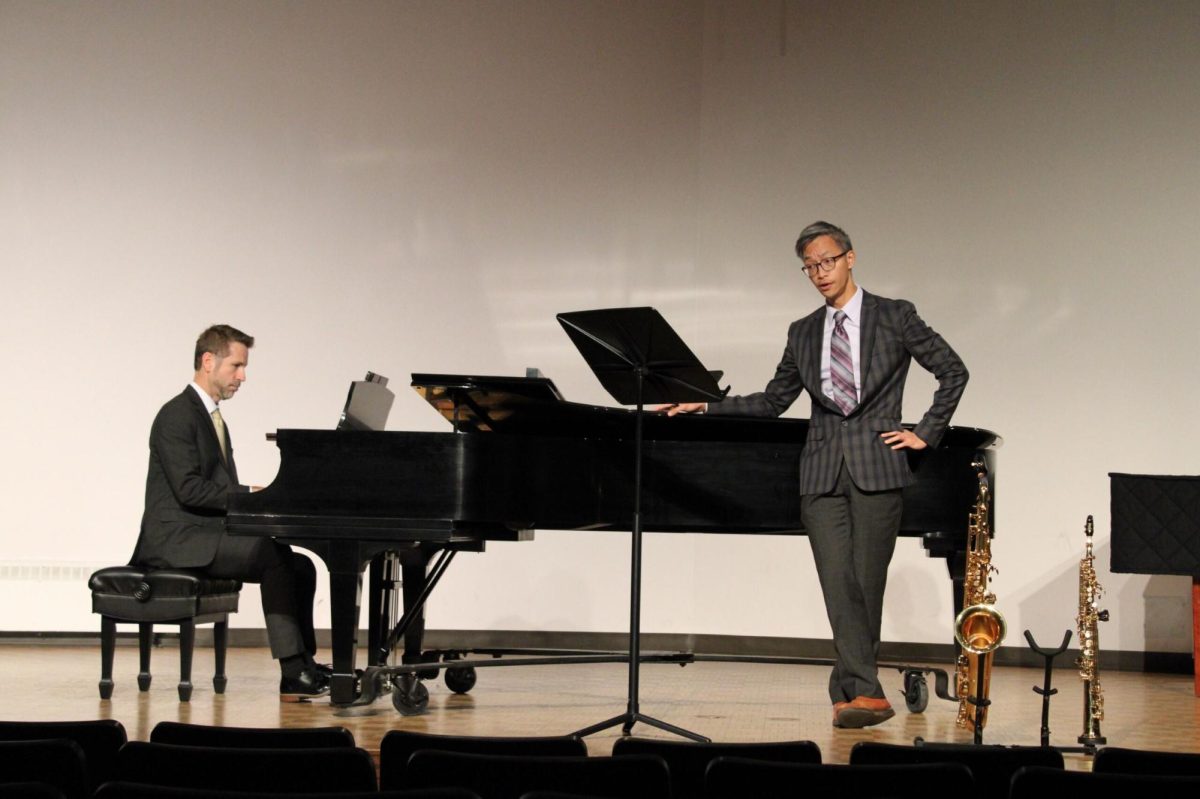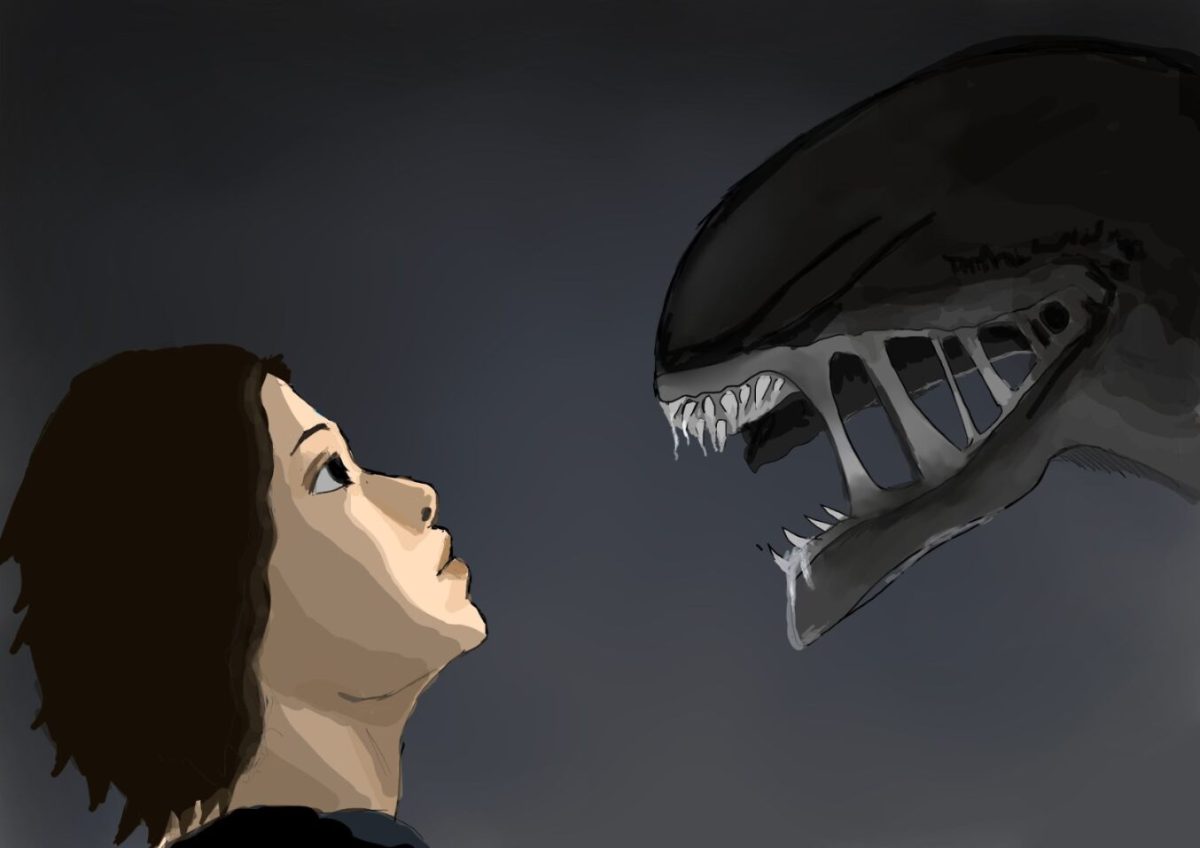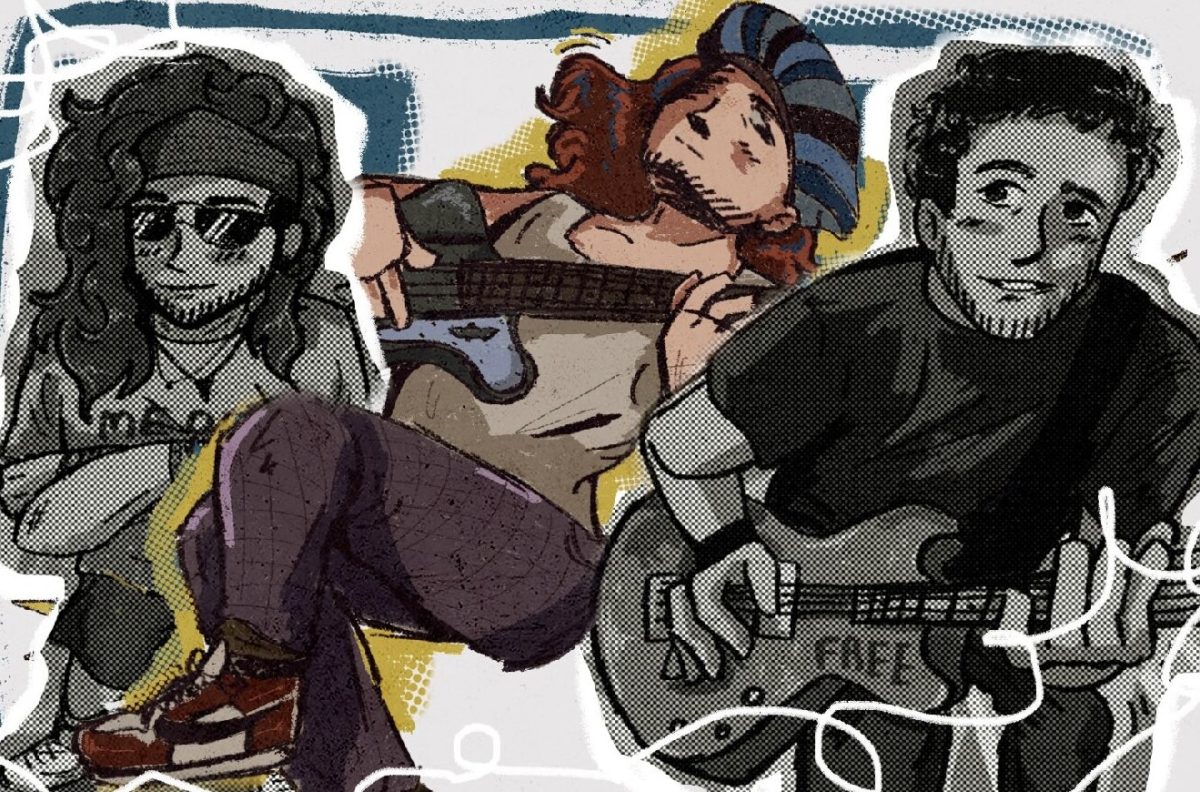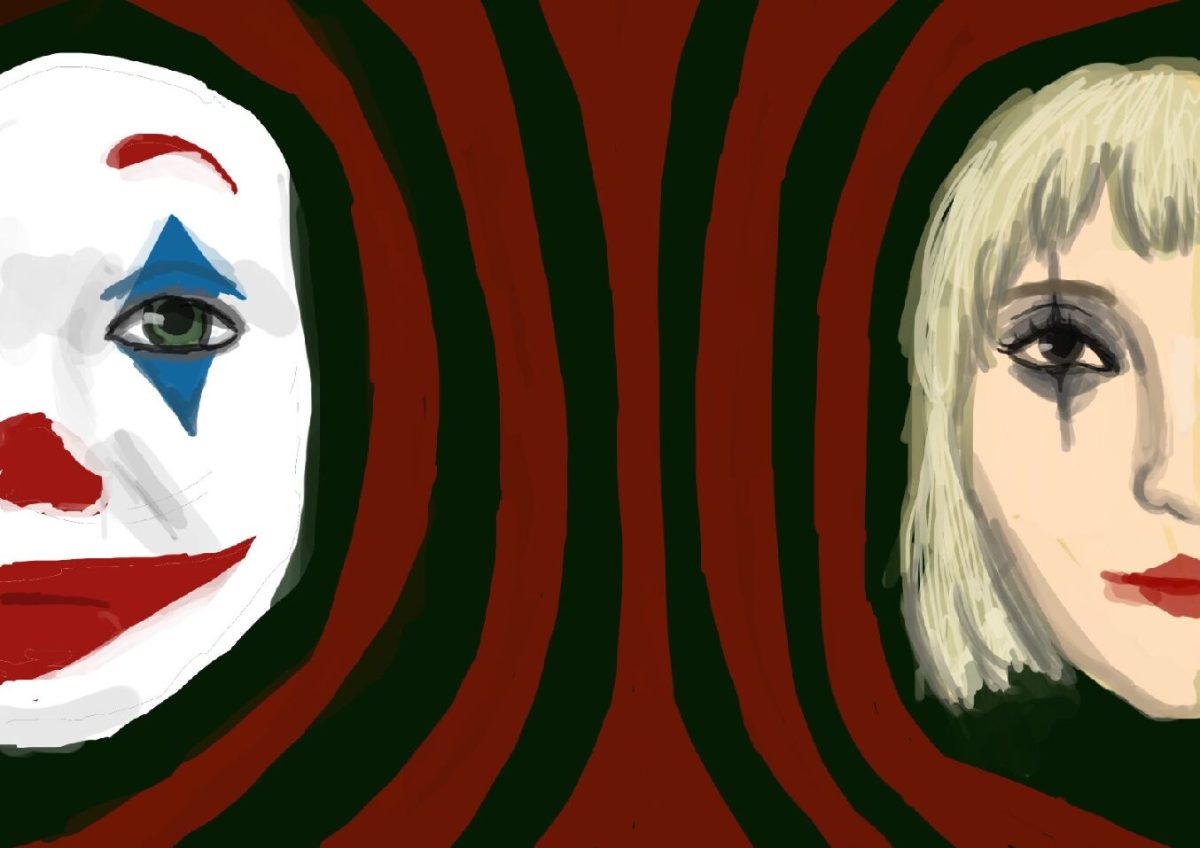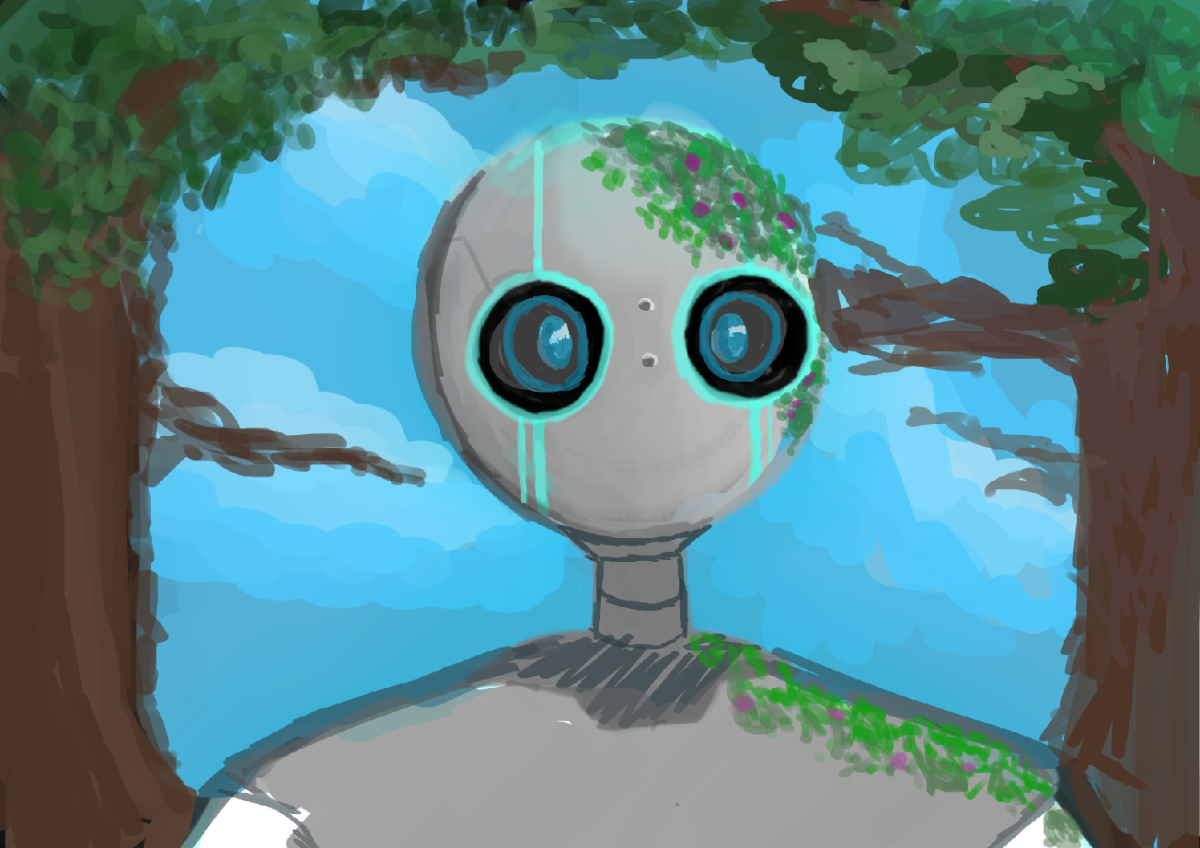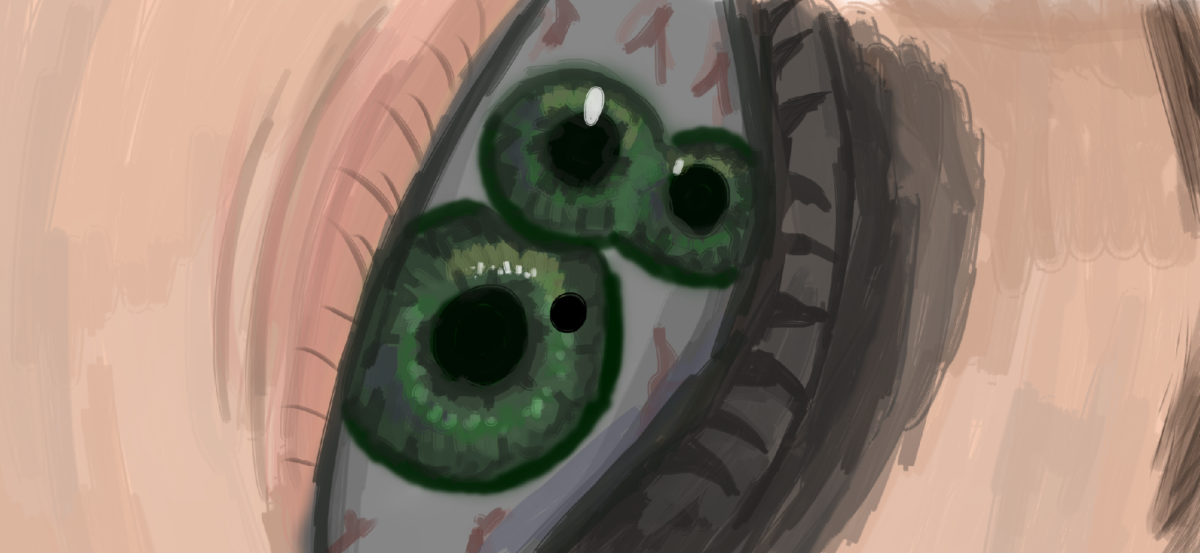Hot off the success of his last film, “Asteroid City,” Wes Anderson is back with a series of short films adapted from the work of Roald Dahl. Most notable among this collection is “The Wonderful Story of Henry Sugar.”
Anderson is no stranger to the works of Roald Dahl, and likely neither are you. You’ll probably recognize such titles of his as “Matilda,” “Charlie and the Chocolate Factory” and “The BFG.” Anderson adapted another one of Dahl’s stories for the screen in 2009. This film, “The Fantastic Mr. Fox,” was Anderson’s first fully animated film making expert use of the stop motion medium. This offered a level of hand-crafted value to this film and his stylistic flair.
“Henry Sugar” is a return to the Anderson of old. You can feel the same detailed artistic touch that was so successful in a film like “Mr. Fox,” in these new shorts. He stretches the cinematic language achieving effects no other filmmaker dares to reach. Anderson experiments with color, lighting and acting styles in bold and unique ways, setting him apart from his peers.
Anderson’s whimsical filmmaking pairs well with Dahl’s fantastical books. This story finds us with a man named Henry Sugar (Benedict Cumberbatch). He’s a greedy man with a raging gambling addiction. On a seemingly average day, Mr. Sugar picks up a book that completely changed the trajectory of his life; it was about a man who could see without his eyes. He decides to embark on a mission to acquire this same power to cheat at casinos.
But that’s just one layer to the narrative. The film opens on a fictionalized version of Dahl (Ralph Fiennes) himself setting up his own short story. Then the narration shifts to Henry Sugar telling his story, then on to the narrator of the book he picks up. It is this meta story within a story that offers many layers to the film in which it weaves in and out of.
He embraces his theatrical side by incorporating play-like sets and structures. Walls are rolled in and out, a spotlight casts a glow on Cumberbatch’s eyes and colored gels set a tone for the scene, giving overarching blue hues. There is even a designated stage crew that walks into frame to swap out props or move a set piece into place. Anderson strives to use practical effects at all costs, the very same way it could be produced on stage. When a character is levitating off the ground, instead of rigging up some wired system, the character grabs a box painted to look like the background and sits on the top of it. No level of these effects is hidden, making the lack of movie magic somehow more magical.
But he makes use of the cinematic form as well. The classic 4:3 aspect ratio he so loves dances across the frame to show the left half of the image, then it’s right, returning to the center of our wide screen TVs. While the camera does primarily remain stationary it does take moments to pan back and forth across the screen or abruptly shift to a new angle offering movement.
“The Wonderful Story of Henry Sugar ” is a triumph in not only Anderson’s filmmaking abilities but in feats of experimental storytelling. It begs us to ponder what reality is and how it is presented to us, while also having the charm and morality of your typical heartwarming Roald Dahl story.










































